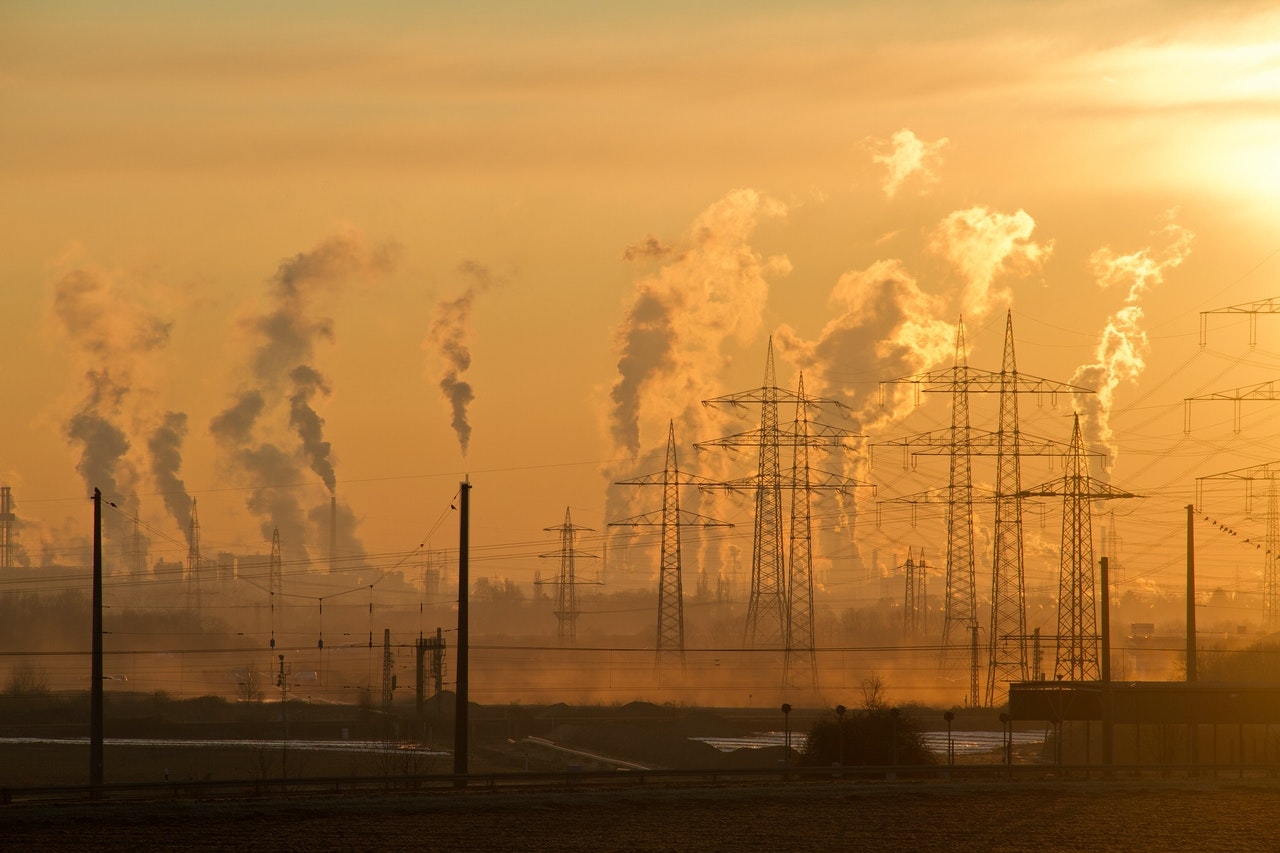Wärtsilä is a global technology group that has a lot of experience with African energy markets. In their study, they looked at two separate scenarios for expanding the Mozambican power system. The aim was to assess the financial and environmental impact of one key parameter: how much renewable energy capacity should be built in each year leading up to 2032.
Mozambique’s energy authorities face a pressing challenge: ensuring that the entire population has affordable and uninterrupted access to electricity over the next decade. To meet the projected 1.3 GW of electricity peak demand increase by 2032, Mozambique must build significant new power capacity. A further 2 GW would be needed to support the planned development of the Beluluane Industrial Park in the Maputo province by 2037. However, Mozambique also has world-class wind and solar energy resources which could be used to rapidly increase power generation.
“Our new study addresses some of the key questions facing energy authorities in Mozambique today, starting with the relative share that renewable energy should have in the country energy mix. Should Mozambique cap new renewable energy capacity to 100 MW each year as it currently wants to do? Or should it build more of it? What would the optimal power mix look like in each scenario? Answering these questions is crucial to informing power system planning and strategy in Mozambique.”, explained Wallace Manyara, Business Development Manager, Region South & East Africa, Wärtsilä Energy.
In this report, Wärtsilä compares two potential power system expansion scenarios for Mozambique. In the first scenario, renewable energy capacity additions are capped at 1 GW by 2032. In the second scenario, renewable capacity is allowed to reach 3 GW by 2032. Each scenario has been modelled with a world-leading power system modelling tool to identify the most optimal power mix to be built year-by-year to provide additional electricity supply reliably and at the lowest possible costs.
The study finds that the scenario with a high share of renewable energy in the power mix will be the most affordable and sustainable way to meet electricity demand over the next decade. This scenario will also help reduce carbon emissions by 5M tonnes by 2032, and save $84 million dollars when compared to a low renewable energy deployment scenario.
The most competitive power expansion plan outlined in the report combines almost 3 GW of new wind and solar capacity, together with 1 GW of flexible gas projects, 205 MW of energy storage capacity and 50 MW of new hydropower capacity. It also plans for 1 GW of baseload gas projects to be built from 2022 to 2032, including the 450 MW Temane gas power plant expected for delivery in 2024.
“The advanced power system modelling techniques used in this study show, without the shadow of a doubt, that maximising low-cost renewable energy, while building flexibility into the power system with energy storage and grid balancing engines, is the soundest, cheapest and cleanest power strategy available to Mozambique right now.”, concluded Kenneth Engblom, Vice President, Africa § Europe, Wärtsilä Energy.



